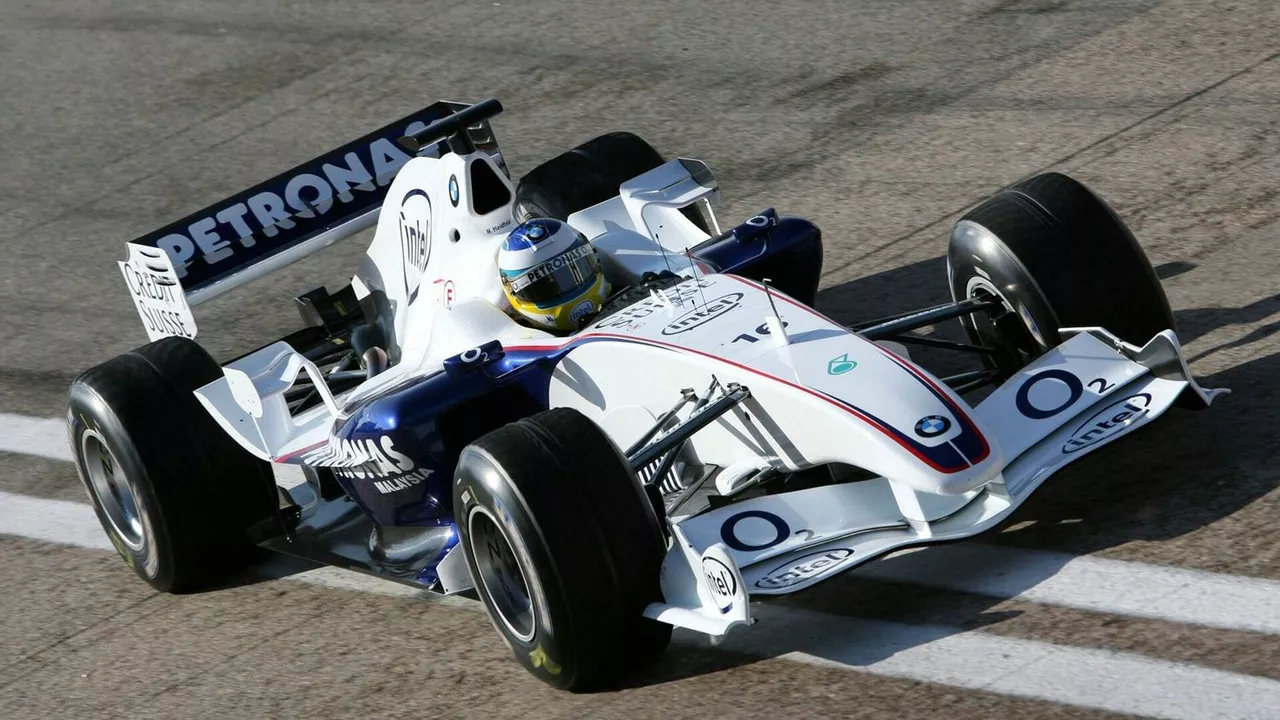Sport Popularity Factors: Why Some Sports Catch On
Ever wonder why Formula 1 draws millions while other racing series stay under the radar? It isn’t magic – it’s a mix of things that boost a sport’s appeal. Below we break down the biggest drivers that turn a niche activity into a global craze.
Media Coverage and Storytelling
When TV networks, streaming platforms, and social media push a sport, the audience grows fast. High‑quality broadcasts with close‑up camera work keep fans glued, while highlight reels give casual viewers a quick thrill. Think about how Cristiano Ronaldo’s record‑breaking season in the Saudi Pro League made headlines worldwide – the story sells the sport as much as the on‑track action.
Social platforms also let athletes share behind‑the‑scenes moments. A driver posting a pit‑stop prep video or a rider showing off a new bike can turn followers into die‑hard fans. The more personal the content, the deeper the connection.
Star Power and Role Models
Big names act like magnets. When a charismatic figure dominates, they bring their own fan base into the sport. Ken Miles’ legacy at Le Mans, for example, still fuels interest in endurance racing decades later. New stars doing something spectacular – like a rider breaking a speed record or a boxer landing an upset – spark curiosity and attract new viewers.
These icons also inspire the next generation. Kids see a hero, pick up a bike, join a local club, and the sport grows from the ground up. That’s why youth programs tied to high‑profile athletes are so effective.
Accessibility and Cost
If a sport is easy to try, it spreads quicker. Think of skateboarding or street karting – low entry barriers let many people give it a go. In contrast, motorsports that need expensive cars or specialized tracks stay niche unless there are affordable entry‑level series.
Governments and sponsors can lower those barriers by funding community tracks, offering subsidies, or creating “pay‑to‑play” leagues. When more people can participate, word‑of‑mouth spreads and fan numbers rise.
Competitive Balance and Drama
Fans love uncertainty. A league where any team can win on a given day feels more exciting than one dominated by a single powerhouse. The tighter the competition, the more stories emerge – comeback victories, rivalries, last‑minute overtakes.
Events that combine speed and strategy, like Formula 1’s mix of engineering and driver skill, generate endless talking points. The drama fuels discussion on forums, podcasts, and YouTube, giving the sport free promotion.
Cultural Fit and National Pride
Some sports become part of a country’s identity. In Brazil, football is woven into daily life; in the US, NASCAR taps into regional culture. When a sport aligns with local traditions or national heroes, fans feel a sense of ownership.
International competitions amplify that pride. A strong showing at the Olympics or a world championship can spark a surge in participation back home, creating a feedback loop of popularity.
Putting it all together, sport popularity isn’t about one single factor. It’s the blend of media exposure, charismatic athletes, easy entry points, tight competition, and cultural resonance. By nurturing each area, organizers can turn a modest pastime into a global phenomenon.
